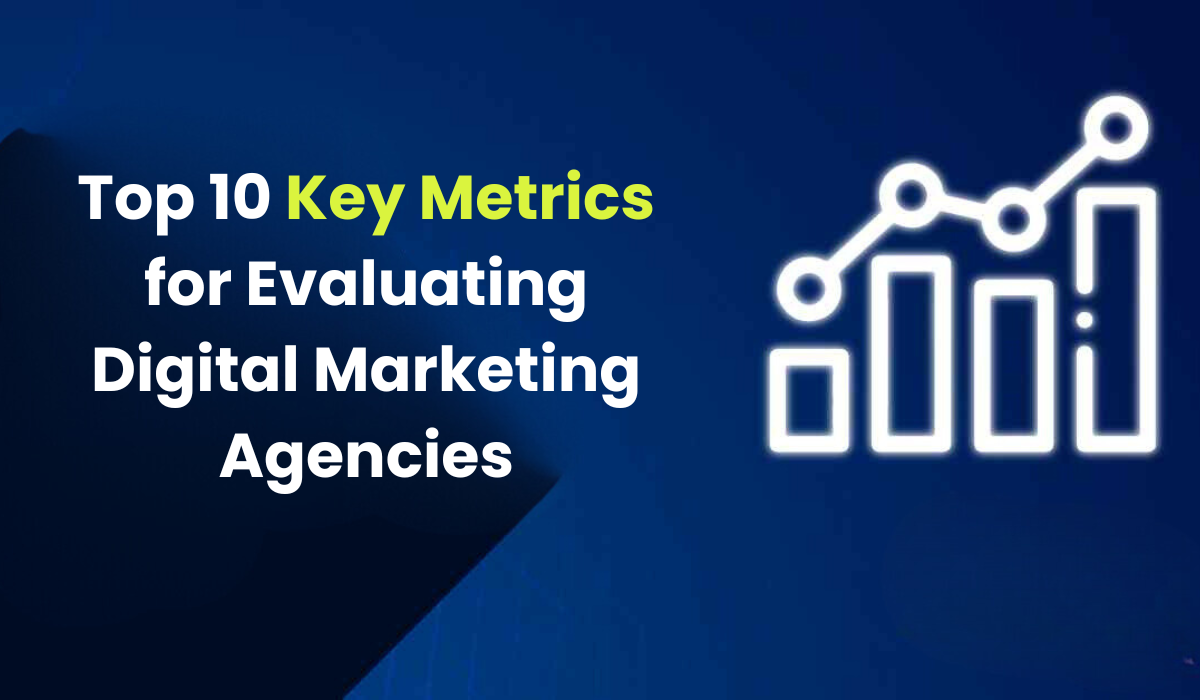- Top 10 Key Metrics for Evaluating Digital Marketing Agencies
1.1 Understanding Web Traffic Sources
1.2 Evaluating Leads Generated
1.3 Analyzing Page Views and Engagement
1.4 Calculating Cost per Lead
1.5 Assessing Returning Visitors
1.6 Conversion Rate Analysis
1.7 Goal Completion Rate Examination
1.8 Click-Through Rate (CTR) Assessment
1.9 Measuring Customer Acquisition Cost (CAC)
1.10 Estimating Customer Lifetime Value (CLV) - Conclusion
1. Top 10 Key Metrics for Evaluating Digital Marketing Agencies
1.1 Understanding Web Traffic Sources
This method enables you to assess lead volume and quality, identify their sources, and track conversion rates. It is crucial to concentrate on leads that match your target demographic, demonstrate a high conversion rate, and are of the highest quality.
Look for companies that utilize advanced lead segmentation, tracking, and scoring techniques to customize their marketing campaigns and prioritize follow-ups effectively.
By adopting a robust lead follow-up strategy, ensuring prompt responses, and streamlining lead-to-customer conversion processes, you can maximize the return on investment from your lead-generation efforts.
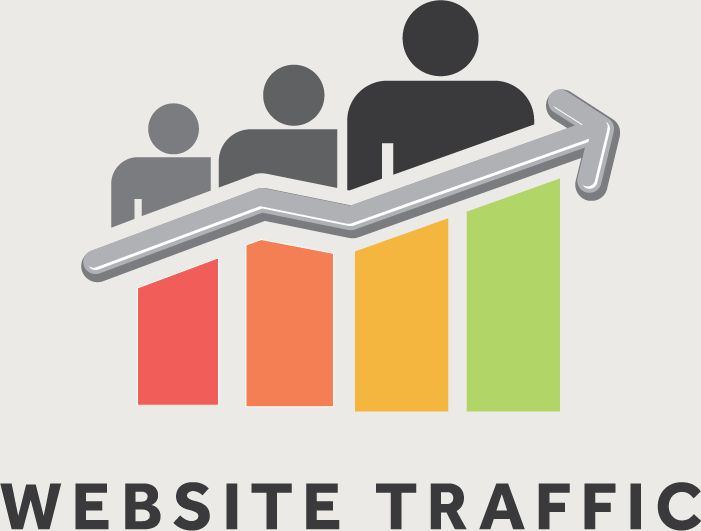
1.2 Evaluating Leads Generated
This strategy is crucial for evaluating the effectiveness of campaigns. In terms of lead generation, prioritizing quality over quantity is essential, as an abundance of unqualified leads can diminish the efficiency of marketing efforts.
A comprehensive analysis of lead sources offers valuable insights into attracting high-quality leads and informs future investment decisions. Higher conversion rates suggest more precise targeting and effective messaging.
Additionally, conversion rates reflect how well leads are nurtured through the sales process. Assessing lead response times and follow-up strategies is necessary to capitalize on leads’ interest and enhance conversion opportunities.

1.3 Analyzing Page Views and Engagement
This metric is crucial for assessing the performance of digital marketing agencies and understanding user interactions with websites.
Page views measure how often a page is loaded or viewed, indicating the level of interest in your content. Other important metrics include bounce rate, time on page, and click-through rate.
Bounce rate, the percentage of visitors who leave after viewing only one page, reveals whether your content is engaging to your target audience.
Time on page indicates the average duration visitors spend on a particular page, offering insights into the relevance and engagement of your content.
Click-through rate measures the percentage of people who click on a specific link or call to action, reflecting the effectiveness of your website’s layout and navigation.

1.4 Calculating Cost per Lead
Evaluating the efficiency and cost-effectiveness of marketing campaigns is crucial. This is typically done by dividing the campaign’s cost by the number of leads generated.
By comparing the cost per lead (CPL) across different campaigns or marketing channels, you can identify which strategies provide the best return on investment (ROI) and make informed budget adjustments.
However, a lower CPL does not necessarily indicate a higher ROI if the leads do not convert. Therefore, it’s important to consider lead quality alongside CPL.
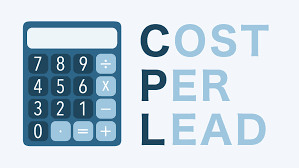
1.5 Assessing Returning Visitors
This plays a crucial role in shaping the user experience, fostering repeat business, and cultivating lasting client relationships. Returning visitors to your website demonstrate an interest in your products or services. Monitoring the frequency of these return visits over time is a powerful method to measure user engagement and retention.
A low rate of repeat visits may point to problems with website navigation, content relevance, or overall user satisfaction. Conversely, a high number of repeat visitors indicates strong brand loyalty and a positive user experience.
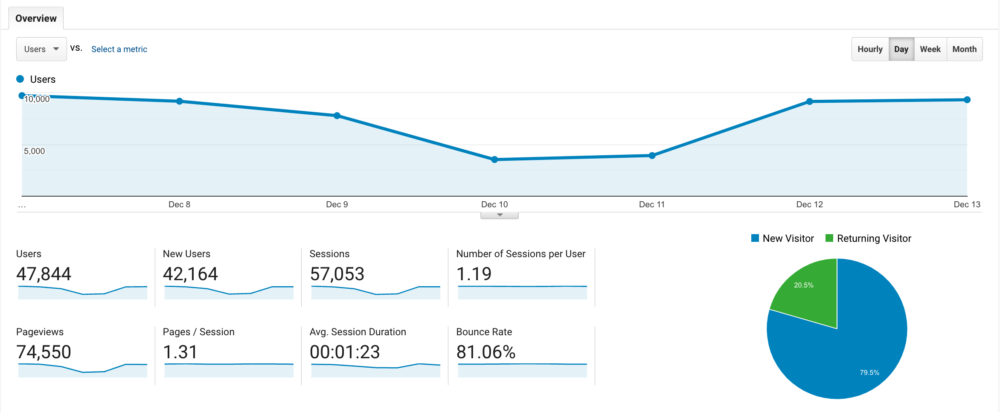
1.6 Conversion Rate Analysis
One of the most important metrics for evaluating a digital marketing agency’s performance is the conversion rate. This metric measures the percentage of visitors who complete a desired action, such as making a purchase, filling out a form, or subscribing to a newsletter. A higher conversion rate indicates more effective campaigns that successfully encourage leads to take the desired actions.
To conduct a conversion rate analysis, start by defining the conversion activities that align with your company’s objectives. Next, track the number of conversions and calculate the conversion rate by dividing this number by the total number of website visitors, then multiply by 100 to get a percentage.
Understanding your conversion rates allows you to refine your marketing funnel strategies. For instance, if your conversion rates are low, you can enhance your calls-to-action and optimize your landing page content to attract more leads and convert them into customers.

1.7 Goal Completion Rate Examination
Identify the specific objectives you want visitors to achieve on your website and monitor how often these objectives are met within a certain time frame to calculate the goal completion rate.
To determine this rate, divide the number of goal completions by the total number of website visits, then multiply by 100 to get the percentage.
Analyzing the goal completion rate helps evaluate your website’s effectiveness in achieving its intended purpose.
A low goal completion rate may indicate obstacles or friction points in the user experience that need attention, while a high rate suggests your website successfully guides visitors toward desired actions.
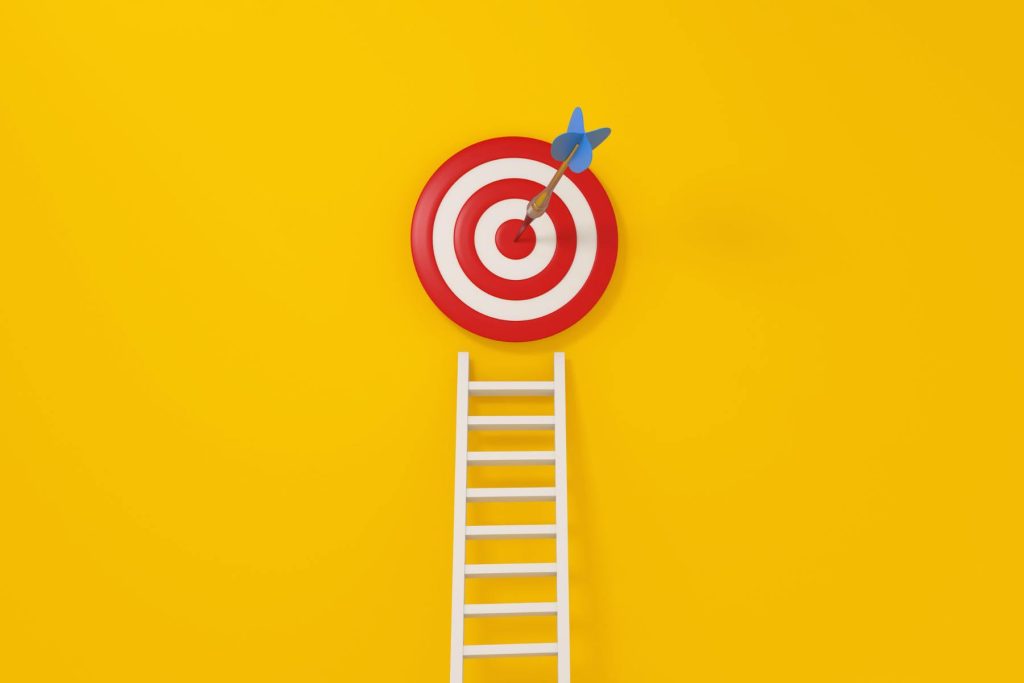
1.8 Click-Through Rate (CTR) Assessment
The click-through rate (CTR) measures the percentage of users who click on a specific link, advertisement, or call to action relative to the total number of impressions.
This metric is crucial for assessing the success of digital advertising campaigns, email marketing efforts, and website content.
A higher CTR signifies that your messaging and visuals are effectively engaging and motivating your target audience to act.
To calculate CTR, divide the number of clicks by the number of impressions and multiply by 100.
Consistently tracking CTR helps pinpoint the most effective campaigns or content and informs optimization strategies to enhance overall performance.

1.9 Measuring Customer Acquisition Cost (CAC)
Customer Acquisition Cost (CAC) refers to the total expense involved in gaining a new customer. This includes costs related to marketing, sales, and other resources, divided by the number of new customers acquired over a specific period.
Measuring CAC is crucial for assessing the efficiency and sustainability of your client acquisition efforts. A lower CAC indicates that you are acquiring customers more cost-effectively, thereby enhancing your return on investment. By comparing CAC with Customer Lifetime Value (CLV), you can gauge the profitability of your customer acquisition strategies and make informed adjustments to your marketing budget.
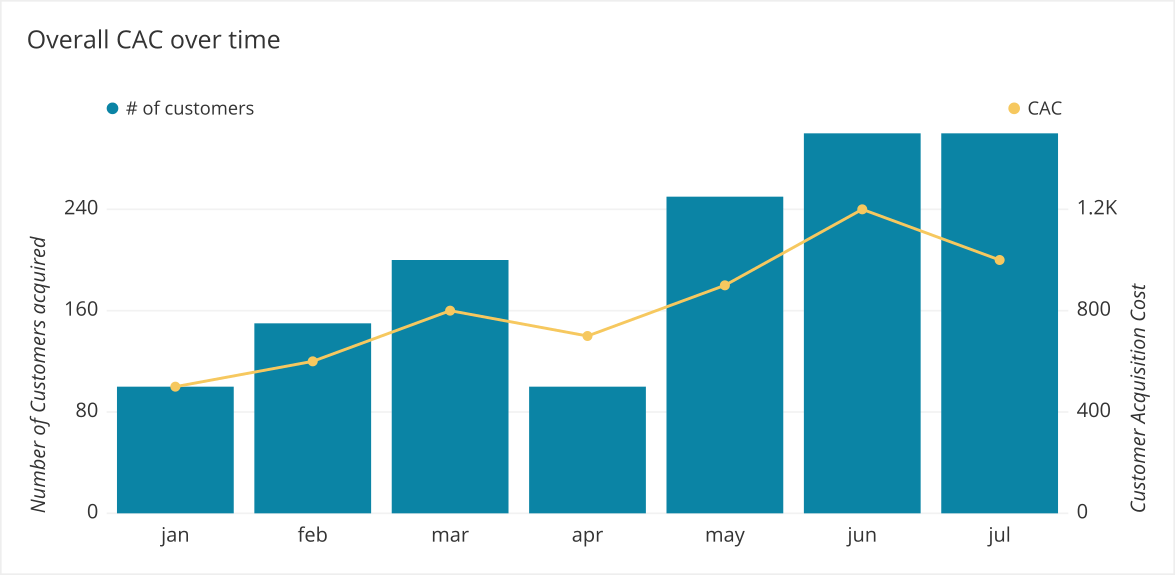
1.10 Estimating Customer Lifetime Value (CLV)
Customer lifetime value (CLV) is a forward-looking metric that forecasts the total revenue a customer is expected to generate throughout their relationship with your company. It factors in variables such as average purchase value, purchase frequency, and customer retention rate.
By optimizing marketing and sales strategies to enhance profitability, businesses can gain a deeper understanding of the long-term value of acquiring and retaining customers through CLV estimation.
A higher CLV indicates that customers are more lucrative over time, validating investments in customer loyalty initiatives and reinforcing the importance of fostering lasting relationships with your customer base.
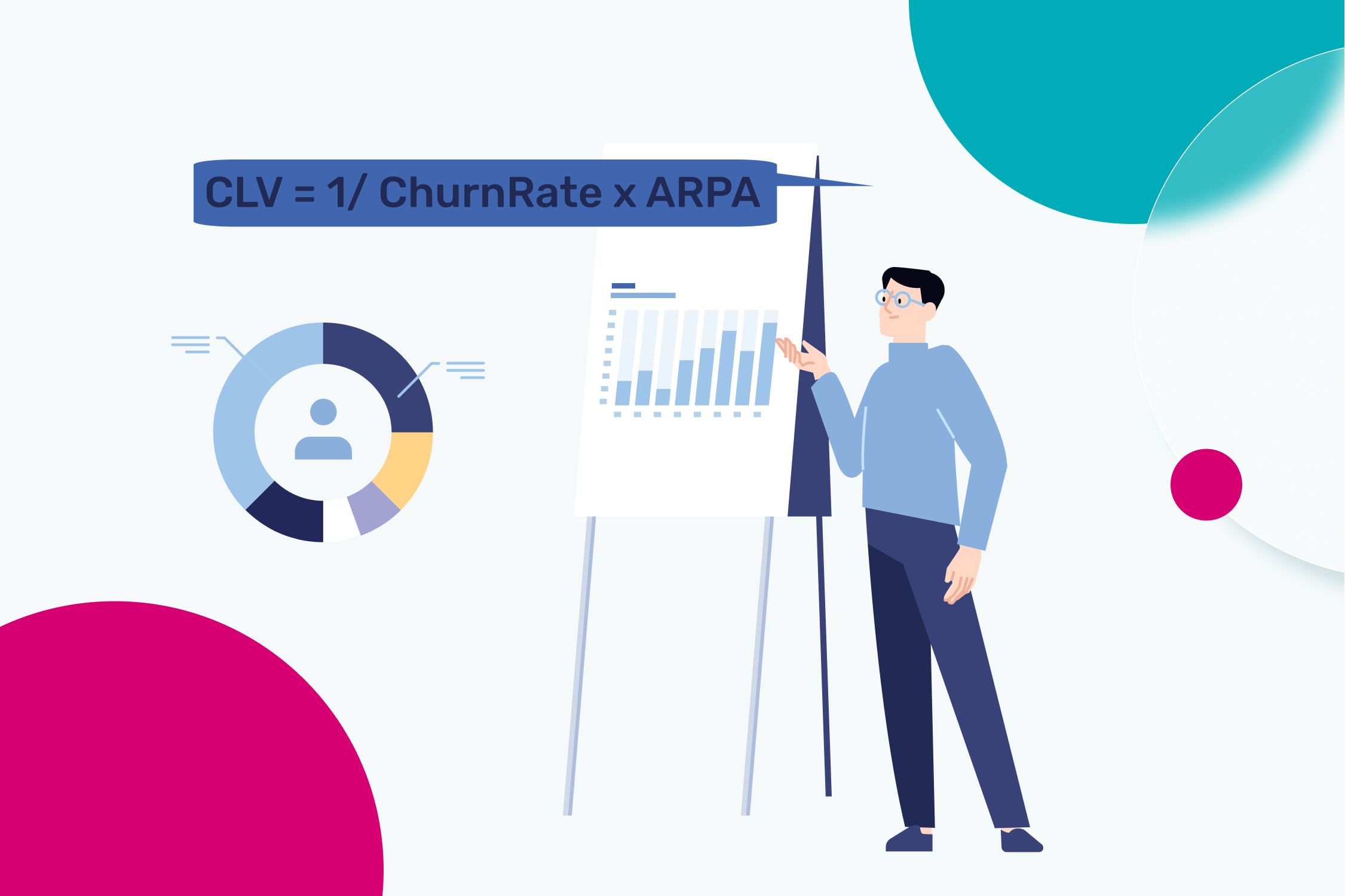
2. conclusion
Keep in mind that the metrics you keep an eye on act as your guiding stars, steering you towards triumph as you navigate the vast landscape of digital marketing. By evaluating your digital marketing agency based on the metrics that truly matter, you’ll align your efforts with your business objectives and yield tangible results. Therefore, stay vigilant on those key performance indicators (KPIs), adapt your strategies as needed, and witness your online influence soar to unprecedented levels.
